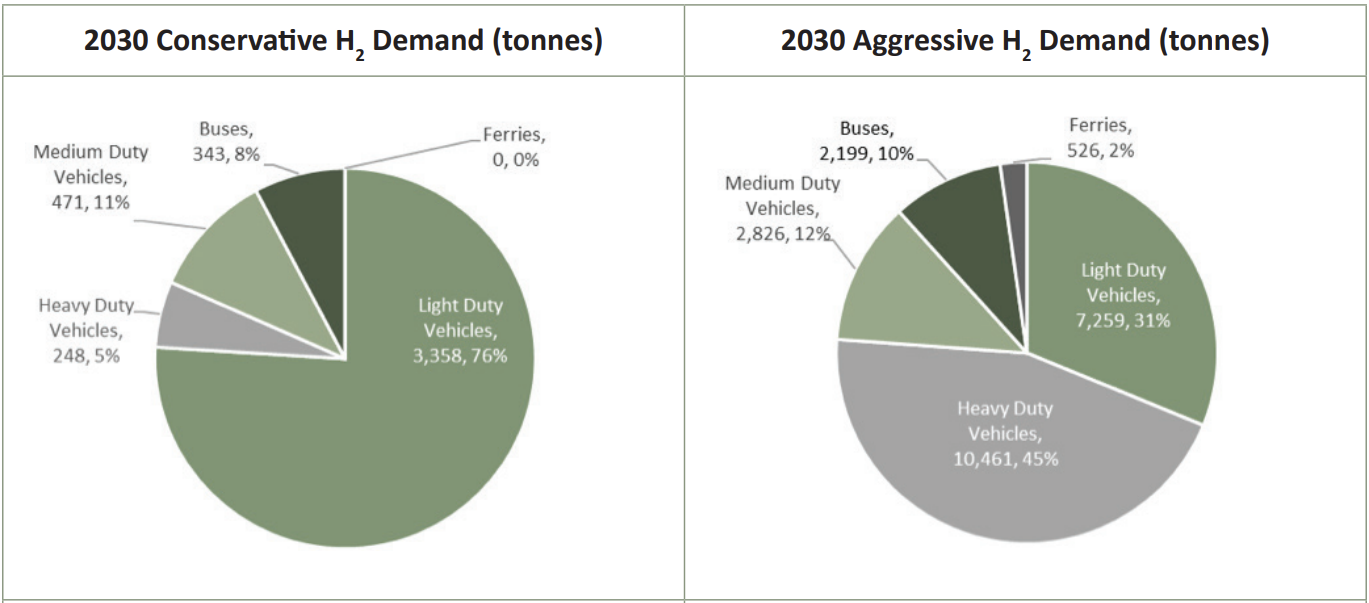Hydrogen: Trial Begins for Paper Production
The paper industry has taken a big leap forward recently, with the Swedish company Essity (a leading manufacturer of tissue, toilet rolls and kitchen towels) securing £2.2 million (.8 million) from the UK Government to use hydrogen power instead of natural gas in its paper product manufacturing process.
“We are committed to reducing our own carbon emissions by 35 per cent by 2030 and reaching net zero by 2050,” said Andrew Hearns, spokesman for Essity. “If this trial is successful, replacing natural gas with low carbon hydrogen would dramatically reduce CO2 emissions at Tawd [their paper plant] and is a major step in the right direction to help us achieve our environmental goals.”
Switching to hydrogen has the potential to power CO2 emissions currently produced from the paper manufacturing process by 66%. If the trial is successful, plans are currently in place to roll out the technology to other Essity production sites around the UK.

- BC Hydrogen Study, Zen and the Art of Clean Energy Solutions -
Andrew added: "Finding a replacement for the natural gas currently used in paper-making is not easy. But hydrogen has been trialled successfully in one of our German sister plants and we are delighted that the scheme we put forward for this trial in the North West has won major UK government funding."
The £2.2 million in funding comes through the UK Government’s £55 million (.6 million) Industrial Fuel Switching Competition, being part of the bigger the £1 billion (.28 billion) Net Zero Innovation Portfolio (NZIP).
Since 2005, the paper industry has reduced carbon emissions by 29%. This has largely been the result of efficiency improvements and the adoption of cleaner technologies.
The trial comes off the back of a 2020 report that states paper and pulp production facilities were ideally suited to be powered by hydrogen. This is mainly due to them already having access to significant energy infrastructure, combined with them already being located in centers of demand for not only heating fuel but transportation fuel too.
The hope is that creating these green hydrogen paper production facilities will spur the development of transportation demand.

